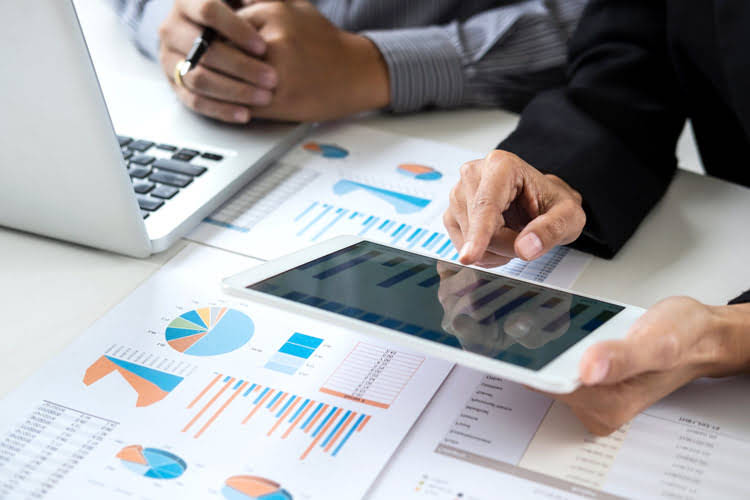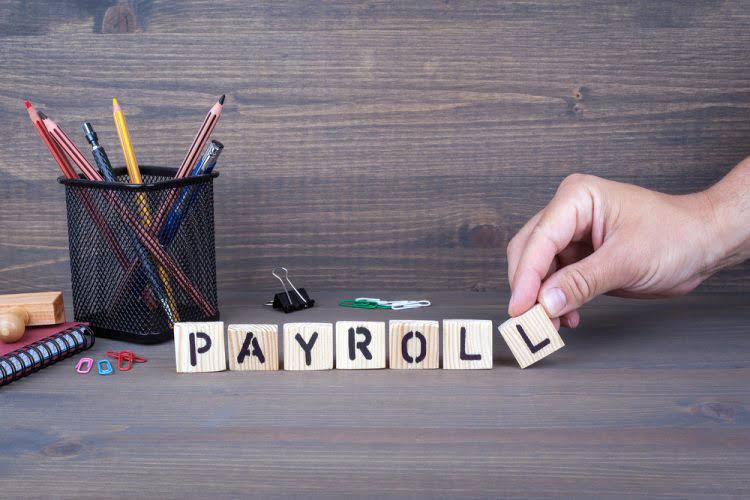Understanding Liabilities: Definitions, Types, and Key Differences From Assets

Companies segregate their liabilities by their time horizon for https://earnfromsurvey.xyz/cash-flow-statements-how-to-prepare-and-read-one/ when they’re due. Current liabilities are due within a year and are often paid using current assets. Non-current liabilities, due in over a year, typically include debt and deferred payments. Common examples of accrued expenses include salaries payable, interest payable, and utilities payable. Accrued expenses are recorded as liabilities on the balance sheet and are typically settled in the future when the related goods or services are received.

Short-Term Debt
- Balance sheets exist, in part, to calculate equity and share a firm’s worth with investors.
- Many ratios are pulled from line items of liabilities to assess a company’s health at specific points in time.
- Current asset accounts include cash, accounts receivable, inventory, and prepaid expenses, while long-term asset accounts include long-term investments, fixed assets, and intangible assets.
- We use the long term debt ratio to figure out how much of your business is financed by long-term liabilities.
- Regularly review your debt levels and repayment plans and make adjustments as needed.
In other words, they are listed on the report for the same amount of money the company paid for them. This typically creates a discrepancy between what is listed on the report and the true fair market value of the resources. For instance, a building that was purchased in 1975 for $20,000 could be worth $1,000,000 today, but it will only be listed for $20,000. This is consistent with the balance sheet definition that states the report should record actual events rather than speculative numbers.
What is the liabilities equation?
- The ordering system is based on how close the payment date is, so a liability with a near-term maturity date will be listed higher up in the section (and vice versa).
- It presents what a company owns, what it owes, and the amount invested by its owners.
- At a glance, you’ll know exactly how much money you’ve put in, or how much debt you’ve accumulated.
- The ending cash balance on the cash flow statement (CFS) must match the cash balance recognized on the balance sheet for the current period.
- Lines of credit provide flexibility for borrowing funds as needed, while term loans offer fixed repayment schedules over a specified period.
For example, salaries that the employees have earned but not been paid are reported as accrued salaries. The reason for this equation is that if you take the total assets of the business and then subtract the total liabilities, you are left with the amount that belongs to the business owners. The reason for dividing current and long-term assets is that these categories can be used to measure the liquidity of a company by turning assets into cash. He has a CPA license in the Philippines and a BS in Accountancy graduate at Silliman University.

Accounts Payable
They’re recorded in the general ledger in special liability accounts (which, by the way, naturally have a credit balance—accounting magic!). You’ll gym bookkeeping find them hanging out on your company’s balance sheet, that all-important financial statement generated by your trusty accounting software. One of the main financial statements (along with the statement of comprehensive income, balance sheet, statement of cash flows, and statement of stockholders’ equity). The income statement is also referred to as the profit and loss statement, P&L, statement of income, and the statement of operations. The income statement reports the revenues, gains, expenses, losses, net income and other totals for the period of time shown in the heading of the statement. If a company’s stock is publicly traded, earnings per share must appear on the face of the income statement.

Complete your taxes
Learn how these financial obligations shape a company’s fiscal examples of liabilities on a balance sheet snapshot. This is the value of funds that shareholders have invested in the company. When a company is first formed, shareholders will typically put in cash. Cash (an asset) rises by $10M, and Share Capital (an equity account) rises by $10M, balancing out the balance sheet. One of the most vital features of an effective balance sheet is its clarity.

What Are Accrued Expenses?
Non-current/longer-term liabilities are debts or commitments due over the course of one year, sometimes called long-term liabilities. Long-term liabilities are a major element of the long-term financing of a firm. Companies acquire long-term loans to acquire quick money to finance equity or invest in new capital projects. In assessing a company’s long-term solvency, long-term liabilities are essential. Unless firms can reimburse their long-term commitments, the company will suffer a solvency issue.